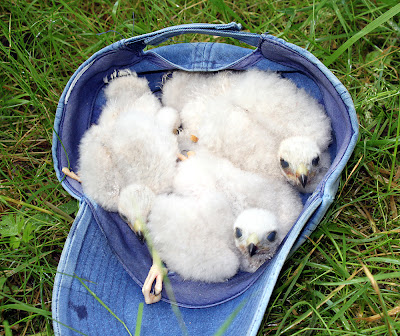A bright and very breezy morning found me at Knott End but very little to report except for my first of the autumn adult Sandwich Terns, three of them sharing the beach with dozens of Black-headed Gulls. No real wader count either as I think they had all been pushed off the beach by morning walkers out for the sunshine. Instead I hit the road north to Cockerham.
Sandwich Tern
Following DNA studies the Sandwich Tern’s scientific name recently changed from Sterna sandvicensis to Thalasseus sandvicensis. The “Sandwich” in the name refers not to any food offered to it by bird watchers or photographers as per other more exotic gulls or terns, but to the place Sandwich in Kent, England. It was here that the bird was originally found and described in in 1787 by ornithologist John Latham.
A look at Conder Green found the 2 Spotted Redshank, a better description now being “unspotted” as the adults go through the moult process of changing from their summery black appearance to a more uniform grey. Other waders here, 2 Common Sandpiper, 2 Curlew, 33 Redshank. There were lots of Swifts about this morning, with a count of 40+ above Conder and Cockerham village. Two roadside Kestrels highlighted the journey back south.
Kestrel
A farm visit in Cockerham found lots of passerines including another juvenile Wheatear, about a mile from yesterday’s bird but this one unringed but so highly mobile it was uncatchable. These birds made me rethink whether Wheatears do breed very locally as suspected many years ago, a mission I never followed up because of so many competing birding tasks in June and July. For pictures of yesterday’s Wheatear in the hand, see here.
Wheatear
Others at Braides: 18 Linnet, 12 Goldfinch, 6 Meadow Pipit, 8 Skylark, 2 Reed Bunting, 5 Pied Wagtail and 10/12 Swallows – more Swifts than Swallows today. What a strange year it’s been.
Meadow Pipit























































.jpg)












